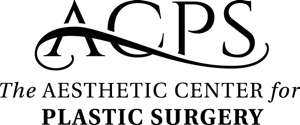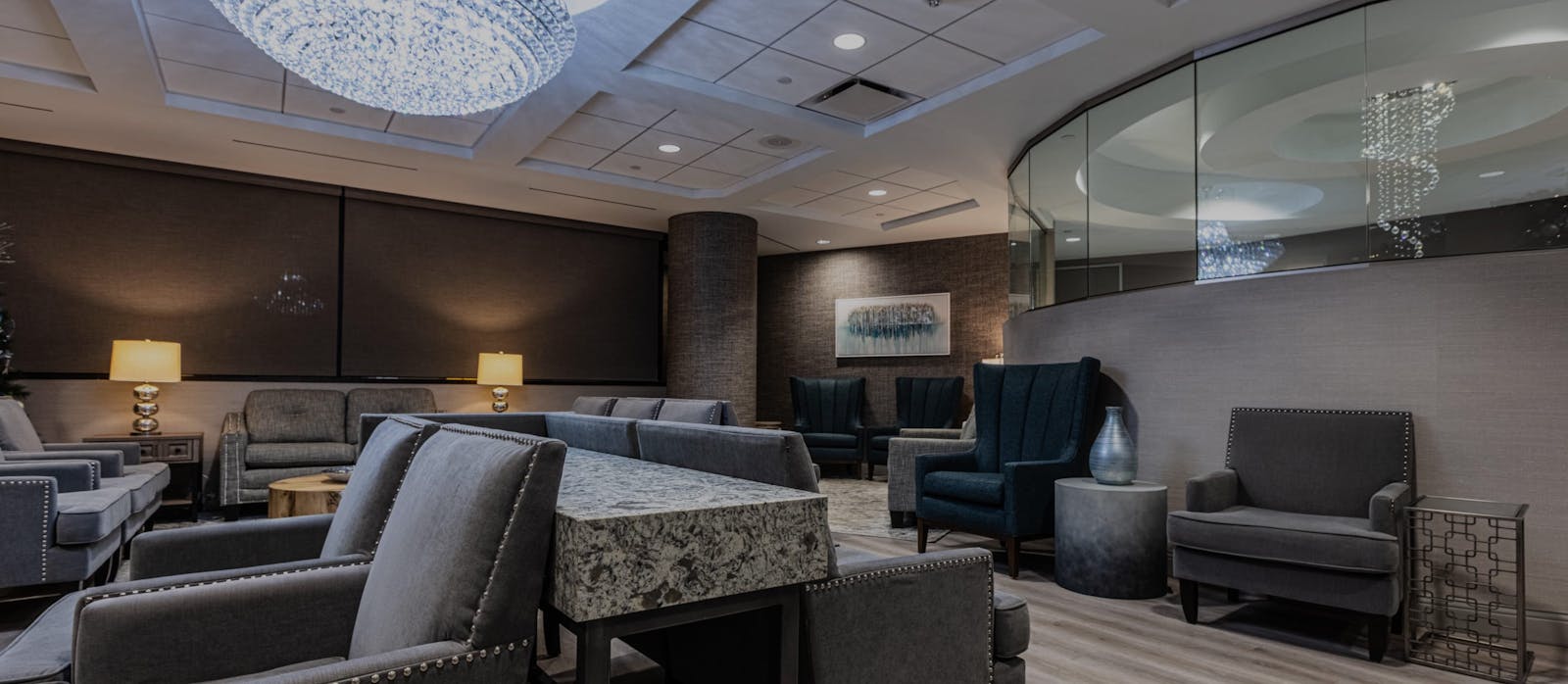Dr. Henry Mentz is one of the country’s best facelift doctors. As a triple board-certified surgeon, he brings a tailored, detail-oriented approach to each procedure he performs. Below are some of our most commonly asked questions about facelift surgery.
What a Facelift Can Do
- The purpose of a facelift is to improve specific signs of aging which include: lines/wrinkles, neck laxity, jowls, loss of muscle tone in the face/upper neck, loss of contour at jawline/chin, deep creases around the nose/mouth, and loss of skin elasticity.
- Your results should be natural and provide a refreshed appearance.
- Our techniques aim to restore signs of aging by 8-12 years.
- Depending on age, lifestyle, and genetics, facial lines/wrinkles can be improved by about 60%.
What a Facelift Can’t Do
- This procedure is the gold standard technique for visibly reducing the signs of aging with results that last longer than any other treatment.
- Patients should not expect to look 20 years younger. Although this procedure can create a more youthful appearance, it does not correct all the signs of aging across the entire face/neck.
- Concerns for drooping eyebrows, heavy eyelids, or very thin loose creepy skin may require other techniques for correction.
- Future considerations for improvements after surgery involve maintenance to further target lines/wrinkles, skin texture/tone, and loose skin. These may include lasers, radiofrequency devices, spa treatments, and topical products.
At what point should I get a facelift?
Although there’s no “set” age for a facelift, most patients who decide to have this procedure are in their late 40s to 70s. Sometimes we’re visited by individuals who think they need a full facelift, but actually don’t yet. And then other times, we see patients who think they don’t need one yet, but then end up benefitting greatly from the results. The best way to determine if a facelift is right for you is to come in for a consultation. Our imaging system can show you what your results will look like, and we can decide from there.
What exactly will a facelift improve?
A facelift can take years off your appearance — for some, even a decade. This procedure is designed to:
- Tighten sagging skin of the mid-face
- Improve creases around the eyes
- Smooth lines, creases, and folds of the face and neck
- Tighten the muscles of the face
- Tighten the jowls and remove loose skin under the chin
- Create smoother facial contours
- Provide an overall more youthful and attractive appearance
Are there risks associated with a facelift?
Just like any surgery, a facelift involves certain risks. However, we will provide you with detailed home care instructions, as well as an excellent and available staff, to minimize these risks in the most effective way possible. You will be fully informed on every risk and the best way to avoid them during your consultation with Dr. Mentz.
How much downtime is there?
The majority of facelift patients are comfortable being around others in approximately 2 to 3 weeks. For those who don’t want to take that much time, typically taking 10 to 14 days off of work is wise. High-intensity exercise will need to be avoided for six weeks.
When will I see results from my facelift?
Early results can be seen at about two weeks, with final results becoming apparent in 3 to 4 months. These results can last up to ten years with a strong and closely observed skincare regimen.
What is a mini facelift?
A mini facelift is best for individuals who have mild to moderate sagging facial skin or jowling. This procedure is performed the lower half of the face, and results in a smaller scar because it uses shorter incisions. In addition, a mini facelift is less expensive than a traditional facelift and requires a shorter amount of recovery time. Results may last anywhere from 7 to 15 years.
What is a SMAS facelift?
With age, the SMAS (the superficial musculo aponeurotic system) of the face starts to loosen and sag. This results in jowling and the exaggeration of the nasolabial folds, marionette lines, and/or neck bands. A SMAS facelift targets this muscle layer, effectively addressing sagging of the mid-face, laxity under the chin, and hollowing of the cheeks.
What is a lower facelift?
A lower facelift addresses only the lower portion of the face, which includes the nasolabial lines, jawline, the under-chin area, and the neck. This procedure is performed to lessen lines and wrinkles, soften creases around the mouth, and to tighten and define the lax skin of the jawline and jowls, as well as the dreaded “turkey wattle” under the chin.
What is a revision facelift?
A revision facelift is a facelift that is done for the second (or third) time. This procedure is done either because of unsatisfactory results, or because the first facelift is over 10 years old and needs to be re-done. Even the best facelifts don’t last forever, and usually the “shelf life” of this procedure is about a decade. When it comes to unsatisfactory results, the problem can be asymmetry; the skin being pulled too tight; an unnatural look; unwanted changes to the ears, mouth, or hairline, or issues with scarring. It takes an incredibly experienced facelift specialist to perform a successful revision procedure, as there are many elements to deal with, such as scar tissue and the other surgeon’s mistakes.
What is a non-surgical facelift?
Sometimes surgery isn’t necessary to achieve the results you want. A non-surgical facelift involves the use of neuromodulators such as Botox®, dermal fillers, and/or fat grafting to make the changes needed. Because all of these are cosmetic injectables, the treatment is non-invasive and therefore a “non-surgical facelift”. Radiofrequecy techniques like InMode’s FaceTite™, NeckTite™, and Morpheus8™ add a deeper level of tightening for the neck and lower face, and are often combined with fillers like Sculptra®.
How do I know which facelift technique is right for me?
The first step to understanding which facelift technique will most successfully address your concerns is to schedule a consultation with Dr. Mentz. As a triple board-certified facelift specialist, he will determine what type of facelift is best for you. He will perform a detailed assessment, listen to your concerns and goals, and consider your face shape and underlying structure to decide the right procedure.



